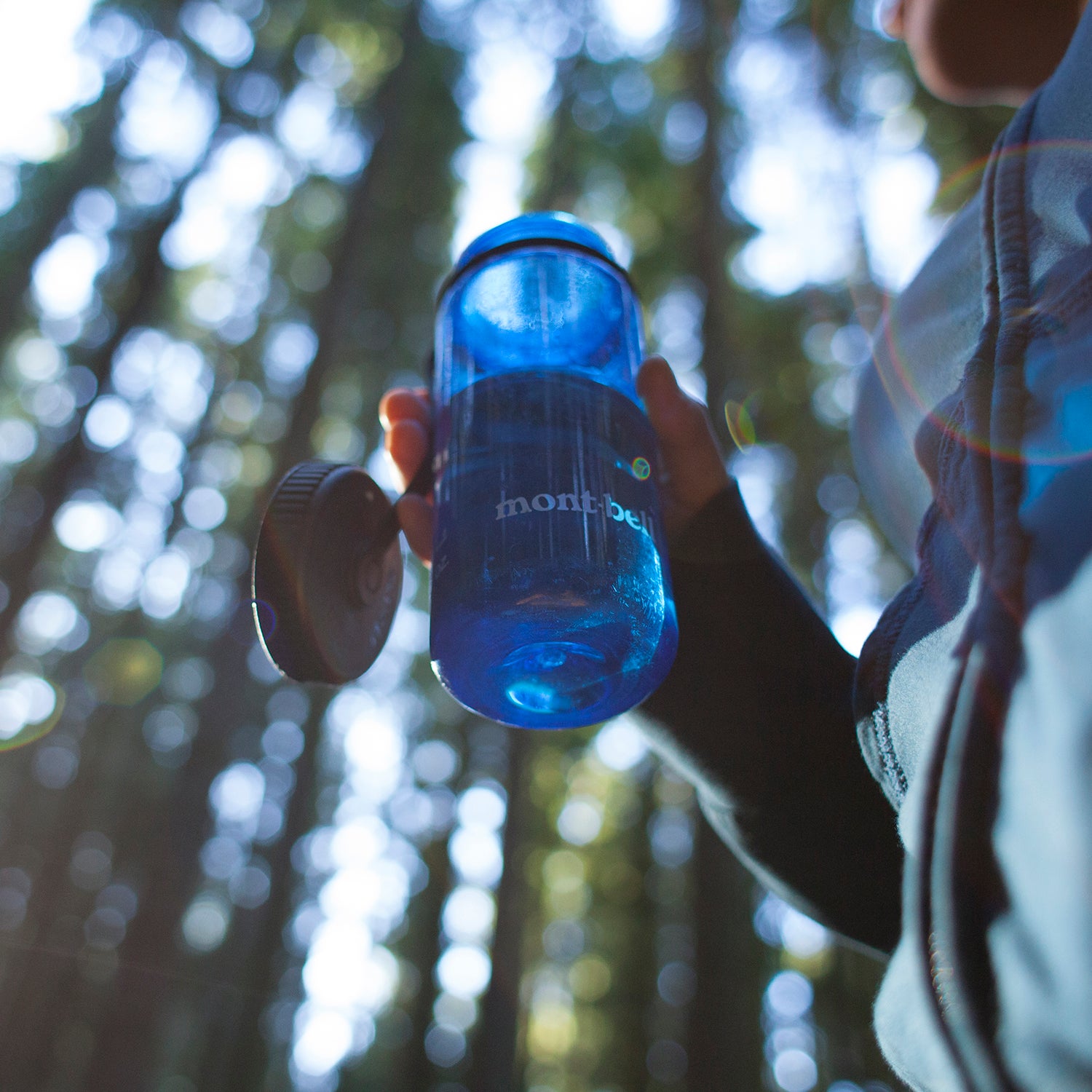I have a garage full of water bottles and reservoirs. I do my best to keep them mold-free, but recently I started wondering if there’s a proper cleaning technique for each. To find out, I hopped on the phone with representatives of several top hydration brands. Here’s what they said.
Plastic Water Bottle
I’m guessing you’ve thrown your Nalgene in the dishwasher, hoping you wouldn’t ruin it. Eric Hansen, the company’s marketing director, says the dishwasher is just fine so long as the bottle is on the top rack and away from the heating element, which can melt the lid. Warm water and soap will also do the trick. If you accidently leave juice or something else in the bottle for a few days, Hansen suggests soaking your Nalgene overnight with a tablespoon of bleach or baking soda per cup of water.
Cycling Bottle
I called Addie Bash, marketing manager at Polar Bottle, about this, and she echoed Hansen. You can throw Polar bottles in the top rack of the dishwasher (the same goes for CamelBak’s Podium bottles), but keep them away from the heating element. If you leave a sugary hydration mix in there for too long, you’ll need to soak it in soapy water. If the stank still won’t go away, Bash suggests using a scrubbing brush or adding rice to soapy water and shaking the bottle to remove any gunk left behind.
Hydration Bladder
Jonathan Austen, director of sports and military product at CamelBak, says you should immediately drain and dry your reservoir after every use. Empty all the water and then use a dish towel or paper towel to wipe the bag dry. Austen also recommends rolling up your bag and storing it in the freezer. “Very few things can grow at the temperatures of your freezer,” Austen says.
If you’re using hydration mixes with sugar, CamelBak suggests a deeper clean after every couple of uses. The brand sells cleaning tablets, or you can fill your reservoir with two tablespoons of baking soda or bleach per liter of hot water. Run that cleaning solution through the tube and into the bite valve as well, let it sit for 30 minutes, and then drain and rinse everything with hot water. A little squeeze of lemon juice will freshen the taste of the tube and bite valve. Finally, make sure you dry everything.
Vacuum-Insulated Stainless-Steel Bottle
Phil Notheis, director of product at Klean Kanteen, says the company’s bottles are dishwasher safe (So are Yeti’s. Hydroflask bottles are not.). For hand washing, he likes unscented dish soap because it won’t leave any taste residue. Just remember: stainless-steel bottles use precise welds to maintain the vacuum insulation. Throwing these bottles in the freezer or heating them over a flame could cause the steel to contract or expand, ruining those welds and thus the bottle’s ability to insulate liquids.

